Madagascar in Turmoil: When Youth, Basic Needs, and Power Collide
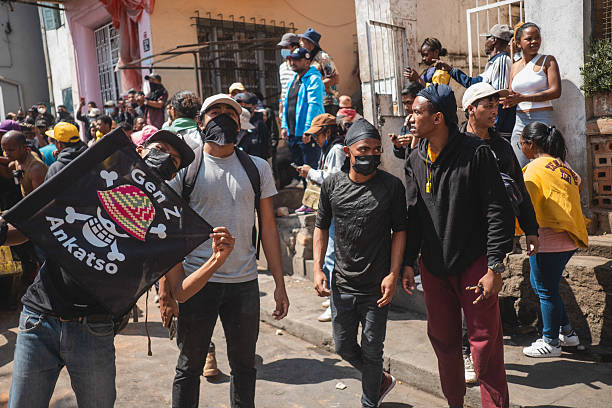
Since late September 2025, Madagascar’s just been on fire—figuratively, but honestly, it feels literal if you’re out in Antananarivo. People are pissed off, and it’s way more than just flickering lights or dry taps. The whole mess started because the power and water situation got so unpredictable, life basically turned into a game of “Will I shower today, or nah?” But then it flared into something bigger. Suddenly, it wasn't about electricity anymore. It was about dignity, justice, and—let's be honest—finally being heard.
Imagine this being a student trying to cram for exams by candlelight. Or running a little shop and watching your stuff go bad every time the fridge cuts out for hours. And clinics? Losing vaccines because there’s no power for the coolers. That’s not just annoying. It’s a slap in the face, daily.
The real spark (ha, no pun intended) was September 25 in Antananarivo. A bunch of young folks, mostly Gen Z, just came out swinging. No political party banners, just hand-scrawled signs—stuff like “Light, Water, and Justice.” It felt raw, real, and, honestly, long overdue. Social media did its part. The next thing you know, you've protests breaking out in Toliara, Toamasina, Antsiranana—essentially anywhere they're tired of being overlooked.
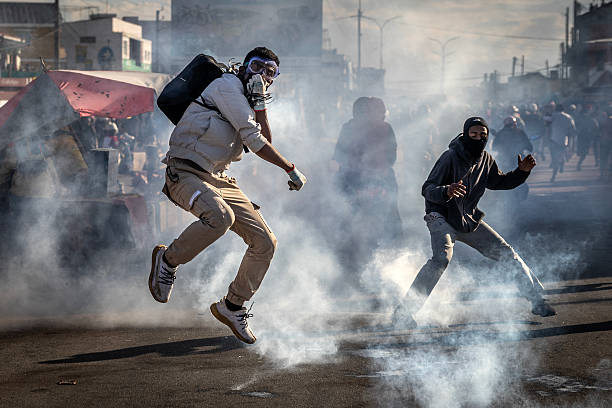
And you know what happens when the people speak up on the streets? The government totally freaked. Tear gas, rubber bullets, mass arrests. They put a curfew on the capital, basically saying, Shut up and stay home. But, classic move, that just stoked the fire. People got angrier. There was looting, scuffles, politicians’ houses even got trashed.
No one can reach a consensus on the figures, but human rights activists and local news put the estimate of at least 22 killed. The officials naturally said it was less, but who really believes that? The UN did chime in, cautioning that it could become a full-blown humanitarian crisis. For most people, the savagery only served to drive home the point: the government wasn't so much not turning on the lights—they weren't even doing basic humanity correctly.
So, what started with citizens seething over power bills is now a full-fledged political crisis. President Andry Rajoelina, the one time poster child for fresh leadership, now increasingly resembles another disconnected suit. And let’s be honest, in a country where the youth rule by sheer numbers, you really don’t want them feeling betrayed. But here we are.
Power Struggles: The Government, the Military, and the Crisis Within
So, President Rajoelina’s hit with chaos everywhere he turns. His big fix? A handful of flashy “reforms”—firing ministers left and right, swapping out the prime minister, all that jazz. Honestly, nobody was fooled. Folks watched him shuffle the deck and just rolled their eyes. Too little, too late. The problems run way deeper than some cabinet musical chairs.
People on the streets weren’t buying it for a second. You could almost hear the collective groan. As one protester snapped online, “You can’t fire your way out of failure.” Pretty much sums up the vibe, right? Changing the faces doesn’t magic away the rot.
Then things got wild. CAPSAT, the elite military unit—the president’s supposed muscle—suddenly jumps ship. Boom. They ditch Rajoelina and throw their lot in with the protesters. Total shocker. These guys were his ride-or-die crew not that long ago, even helped him grab power before. Now they’re flipping sides? If that doesn’t scream “we’ve lost control,” I don’t know what does.
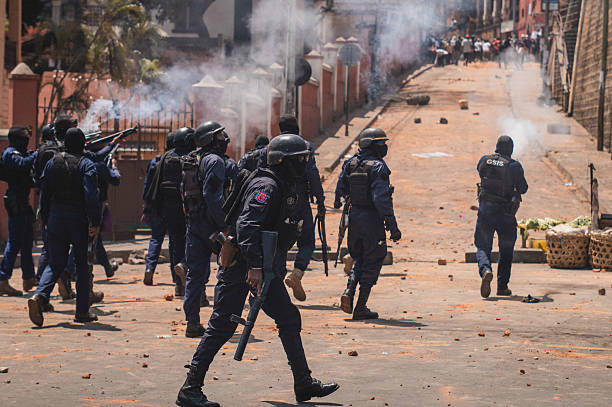
Next thing you know, CAPSAT’s running part of the security scene in the capital, handpicking their own bosses. The president's people start shouting about an "attempted coup," but nobody really has a clue what's happening. The media's shambles—rumors, half-truths, the whole works.
And then? Things go full-on soap opera. Word gets out that Rajoelina may have jumped on a French military plane and skipped town. His people run around denying it, claiming he's still in charge, but communications are spotty at best. The whole complex is filled with rumor and apprehension. Is this just protests blown out of proportion, or are we Meanwhile, the usual international constituency starts weighing in—African Union, UN, regional states—pleading with everybody to just chill and talk. Like that’s really gonna do much. Diplomats are sweating bullets, terrified Madagascar will spiral even further, especially since the country’s already drowning in poverty and climate disasters.
But honestly, for most folks living through this, it’s way bigger than just politics or the latest strongman drama. It’s a giant mirror for all the crap that’s been festering for years—corruption, busted roads, young people with zilch to do, promises that never mean a thing. When soldiers defect and students riot, they're not exactly flipping the bird at the president. They're rebelling against a system that has been pulling the wool over everybody's eyes for centuries.
Beyond the Blackouts: What Madagascar’s Protests Reveal About Power and Hope
Honestly, you don’t need a political science degree to see what’s going on in Madagascar right now. The whole protest thing isn’t just about electricity flickering off or water taps running dry. It's just so much bigger—it's just all about people not trusting the people in power anymore. The water shortages? That’s not just about being thirsty. It hits on this whole moral drought, if you get what I mean.
Now, Gen Z in Madagascar—they’re something else. Most of them were just kids when Rajoelina first popped up on the scene, wide-eyed with all these promises about tech and progress. Fast forward, and what do they get? No jobs, prices through the roof, and even essentials like power and water aren't guaranteed. So yes, they're furious—and it's not simply voting out the old guy. They want to restore some pride. Who wouldn’t?
But the catch is: the government always has the same answer—curfews, tear gas, arrests. Like, come on, that's the playbook? It screams, “We care more about keeping the lid on than actually listening.” History’s shown, over and over, that tossing protestors in jail just presses the snooze button on real problems. When people stop trusting their leaders, the cycle just keeps spinning. Until somebody actually does something about corruption, gives young people an opportunity, and, I don't know, fixes the fundamentals, these protests are going to continue to happen like bad Wi-Fi.
But these young people they’re in with something different, this time around not just tweeting about change, but actually out here demanding it. They're basically saying, "Enough with the slogans." Start with accountability.”
And the international crowd? Oh, please. If the best they can do is mumble about “restraint” while sipping coffee in Brussels, nothing’s gonna change. Real help means cash for infrastructure, backing real reforms—not just patting leaders on the back and hoping for the best.
As for Rajoelina—he’s at a crossroads, right? He can actually pay attention and do something, or he can go full dictator mode and try to silence everyone. That choice is aptly connected with how people will remember him. Is this the start of something new or just the same old chapter replayed again?
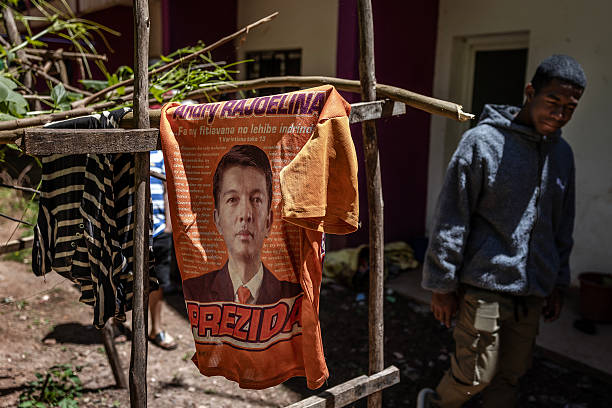
Look, Madagascar’s youth don’t have all the answers. Who does? But they know this one thing: leaders to serve and not sit at the top and bark orders. And no blackout’s going to hide that truth.
Recommended Articles
There are no posts under this category.You may also like...
Super Eagles' Shocking Defeat: Egypt Sinks Nigeria 2-1 in AFCON 2025 Warm-Up

Nigeria's Super Eagles suffered a 2-1 defeat to Egypt in their only preparatory friendly for the 2025 Africa Cup of Nati...
Knicks Reign Supreme! New York Defeats Spurs to Claim Coveted 2025 NBA Cup

The New York Knicks secured the 2025 Emirates NBA Cup title with a 124-113 comeback victory over the San Antonio Spurs i...
Warner Bros. Discovery's Acquisition Saga: Paramount Deal Hits Rocky Shores Amid Rival Bids!
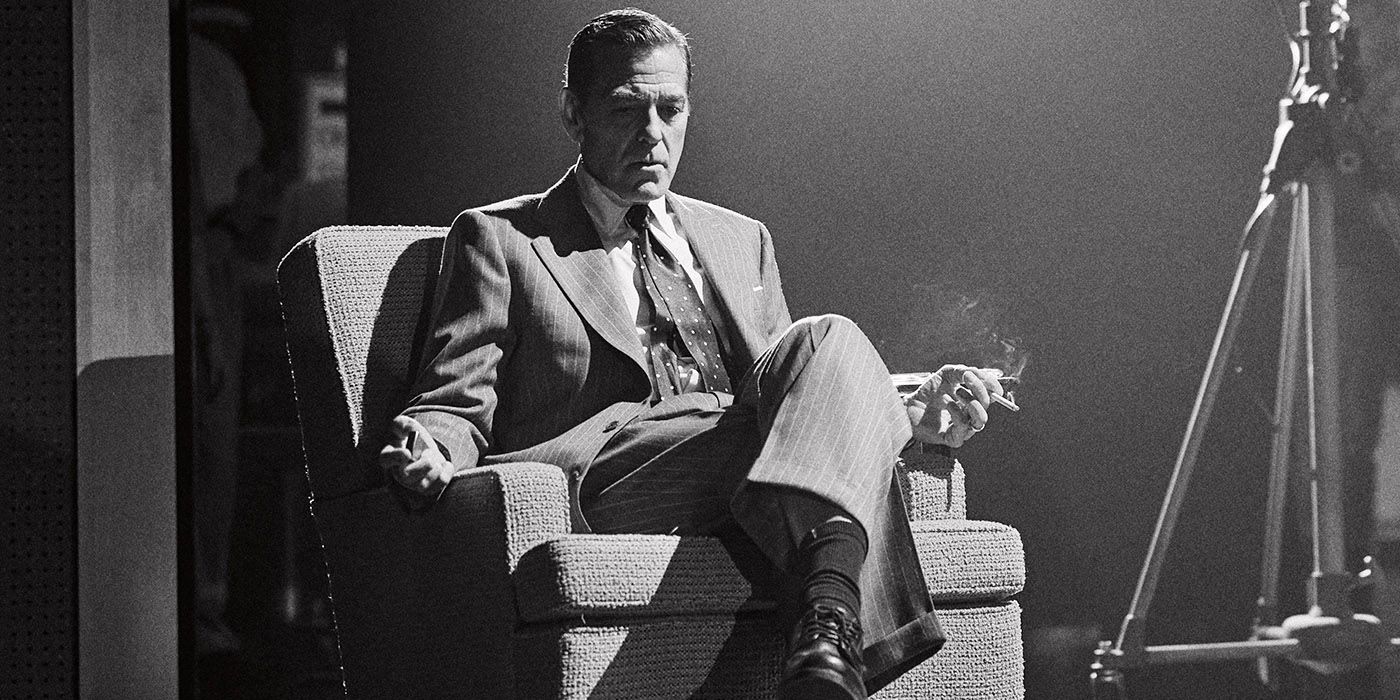
Hollywood's intense studio battle for Warner Bros. Discovery concluded as the WBD board formally rejected Paramount Skyd...
Music World Mourns: Beloved DJ Warras Brutally Murdered in Johannesburg

DJ Warras, also known as Warrick Stock, was fatally shot in Johannesburg's CBD, adding to a concerning string of murders...
Palm Royale Showrunner Dishes on 'Much Darker' Season 2 Death
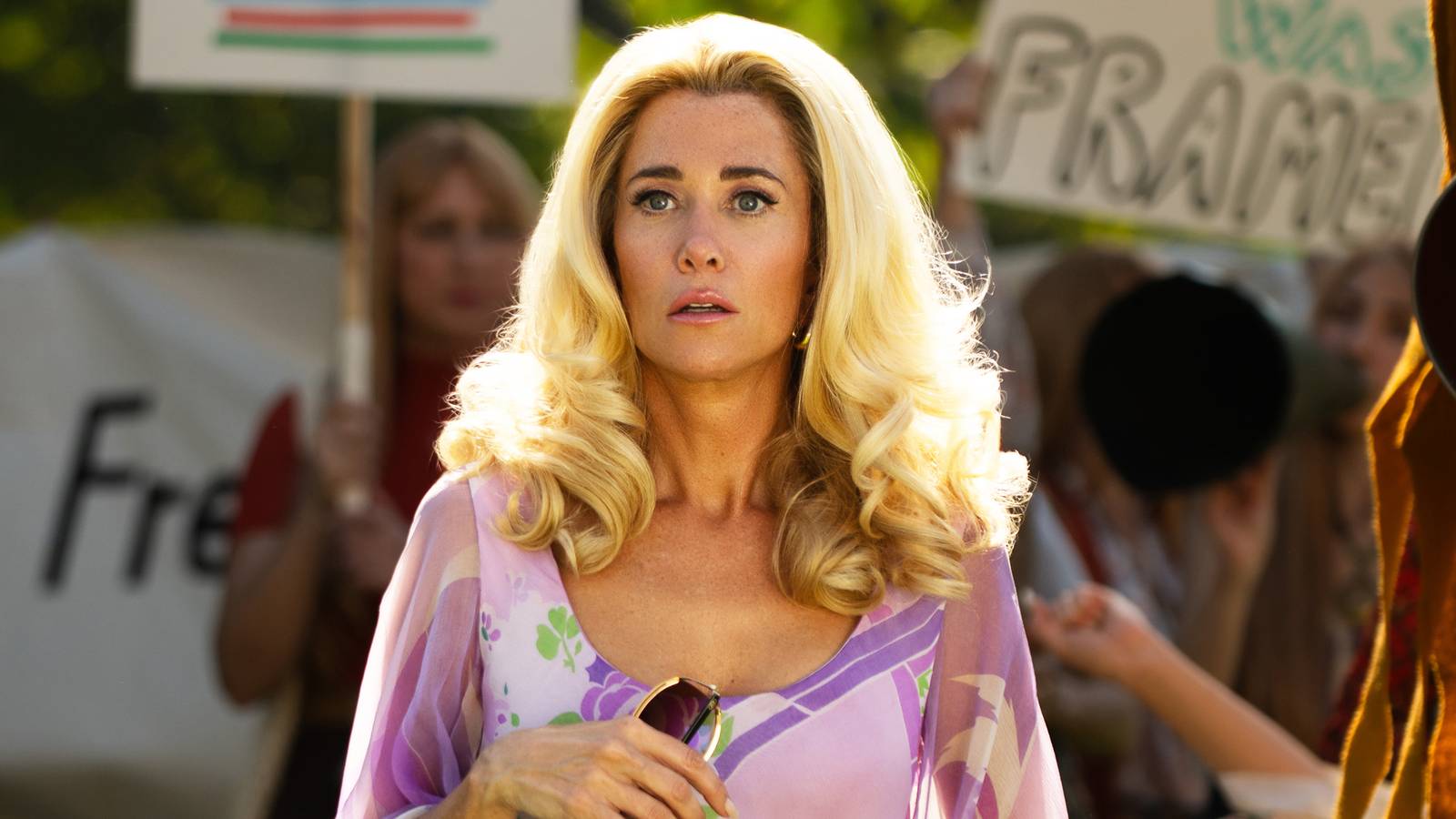
"Palm Royale" Season 2, Episode 6, introduces a shocking twin twist, with Kristen Wiig playing both Maxine and her long-...
World Cup Fiasco: DR Congo Faces Eligibility Probe, Sparks 'Back Door' Accusations from Nigeria

The NFF has petitioned FIFA over DR Congo's alleged use of ineligible players in the 2026 World Cup playoffs, potentiall...
Trump's Travel Ban Fallout: African Nations Hit Hard by US Restrictions

The Trump administration has significantly expanded its travel restrictions, imposing new partial bans on countries like...
Shocking Oversight: Super-Fit Runner Dies After Heart Attack Symptoms Dismissed as Heartburn

The family of Kristian Hudson, a 'super-fit' 42-year-old marathon runner, is seeking accountability from NHS staff after...
